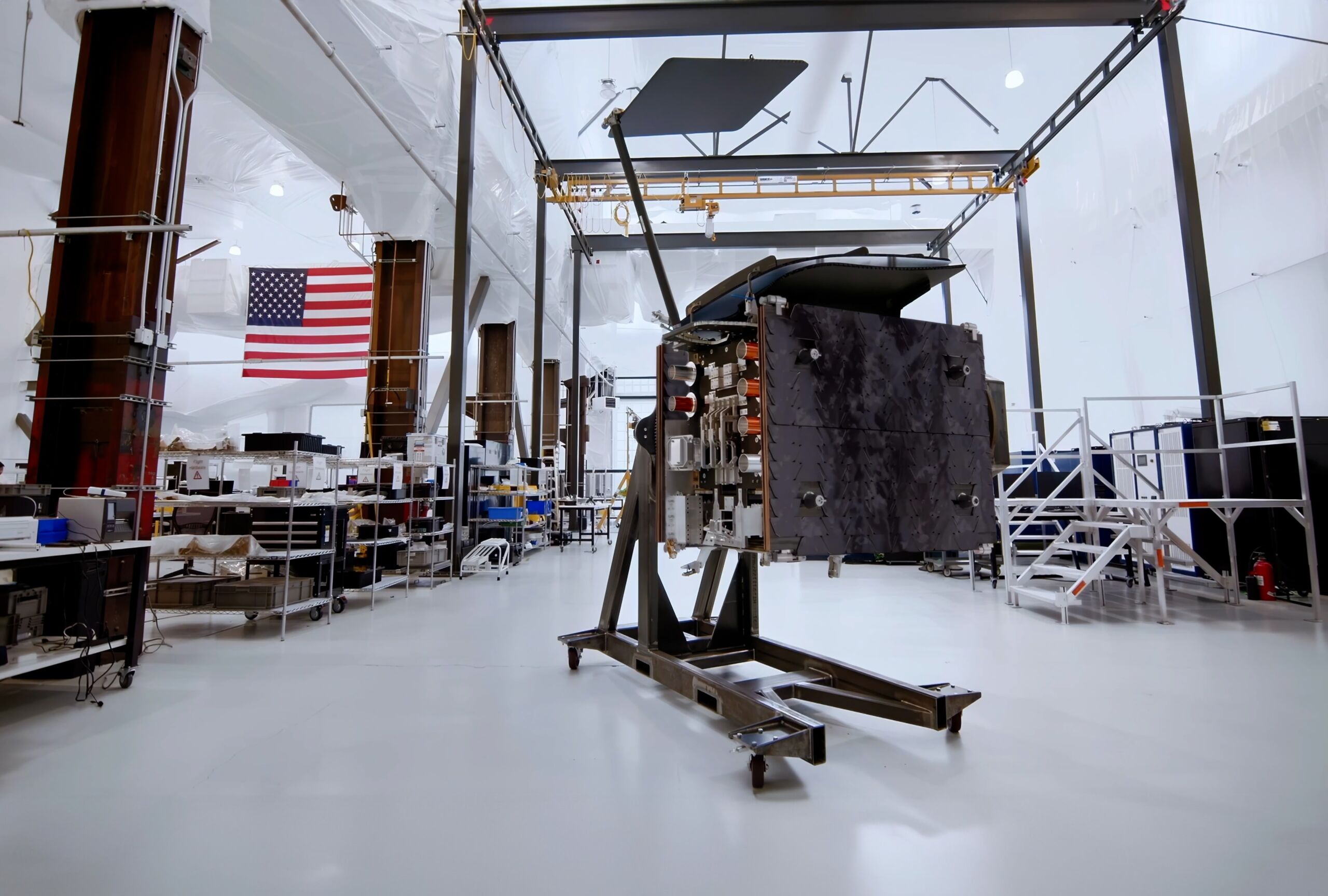Astranis, a company seeking to provide Internet connectivity from geostationary space, said in May that its "Arcturus" satellite was successfully deployed following a launch on a Falcon Heavy rocket.
After taking control of the satellite, Astranis then began to send commands and update the flight software before raising Arcturus' orbit and slotting it into a geostationary position overlooking Alaska. Once there, the satellite linked up with an Internet gateway in Utah and communicated with multiple user terminals in Alaska.
Sometime after this, however, the satellite experienced what Astranis characterized as an abrupt anomaly with a supplier's component on the solar array drive assembly. In an update on Friday, Astranis co-founder John Gedmark explained that this assembly rotates to solar arrays to ensure they are always pointed at the Sun, allowing the spacecraft to remain fully powered at all times.
"The Astranis engineering team has been doing an incredible job working around the clock to troubleshoot the issue," Gedmark said. "We have now reproduced the problem on the ground in a vacuum chamber, zeroed in on the exact source of the failure, and know how to fix it for future spacecraft. Because this failure occurred within the internal workings of a component supplied by an external vendor, we’re not in a position to go into the full technical details."
The disappointment in Gedmark's update is palpable.
"This is a frustrating situation—the Arcturus spacecraft is in a safe state and fully under our control, the payload and our other Astranis in-house designed components are all working perfectly, and the tanks are fueled for years of on-orbit operation," he said. "But unless something major changes, the mission of providing Internet connectivity in Alaska will be delayed."


